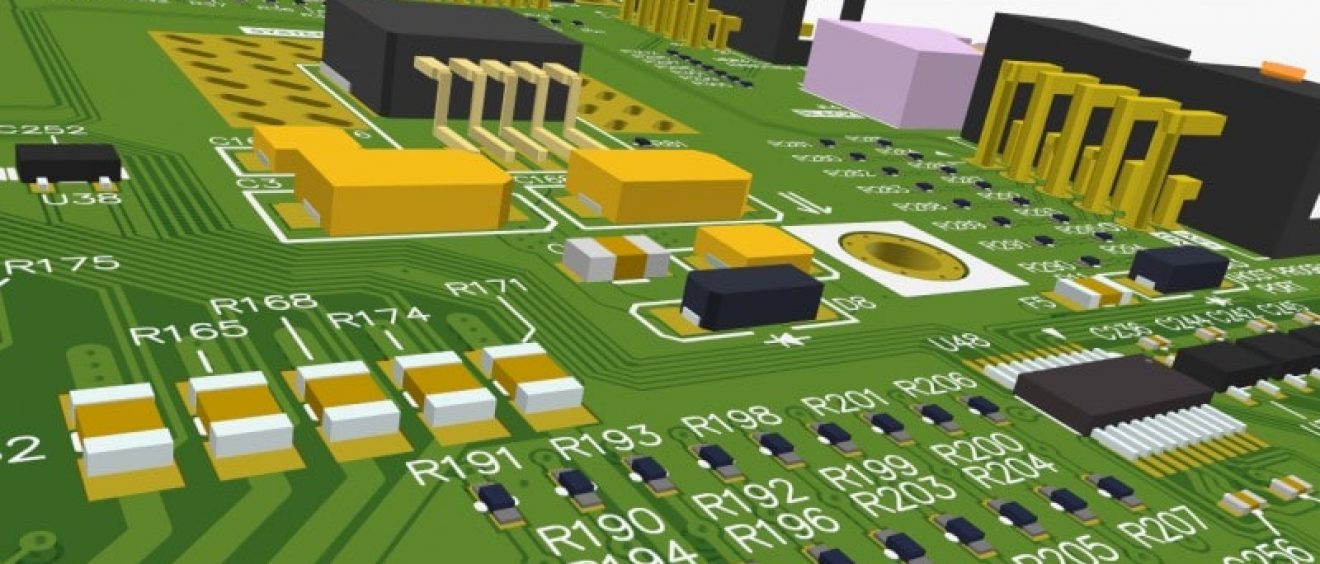
PCB
The PCB that Stands for “Printed Circuit Board” is a thin board that made of fiberglass, composite epoxy, or other laminate material.
PCB provides the electrical interconnections between components and is found in virtually all electronics products. PCBs are used in both desktop and laptop computers. They serve as the foundation for many internal computer components, such as video cards, controller cards, network interface cards, and expansion cards. These components all connect to the motherboard, which is also a printed circuit board.
While PCBs are often associated with computers, they are used in many other electronic devices besides PCs. Most TVs, radios, digital cameras, cellphones, and tablets include one or more printed circuit boards. While the PCBs found in mobile devices look similar to those found in desktop computers and large electronics, they are typically thinner and contain finer circuitry.
Printed circuit board manufacturing is highly complicated, requiring large equipment investments and over 50 process steps. The PCB industry, like the larger electronics industry, has always had a global component Only in the past 4 years. The necessary investment in equipment increases as demand for more sophisticated PCBs grows, favoring large manufacturers with considerable financial resources. Many of the high-speed, miniaturized printed circuit boards are now manufactured in clean rooms with the same health and safety problems posed by other microelectronics manufacturing. Asia produces three-fourths of the world’s printed circuit boards. In Asian countries, glycol ethers are the major solvents used in the printed circuit board industry. Most PCB manufacturers in the United States are small or medium-sized, with limited capability to invest in research and development, and with uncertain futures. IBM recently sold the last of its PCB manufacturing capability, and with the exception of some defense contractors, there are few US companies in a position to compete in the world market.
Large quantities of hazardous chemicals such as formaldehyde, dimethyl formamide, and lead are used by the printed circuit board industry.
